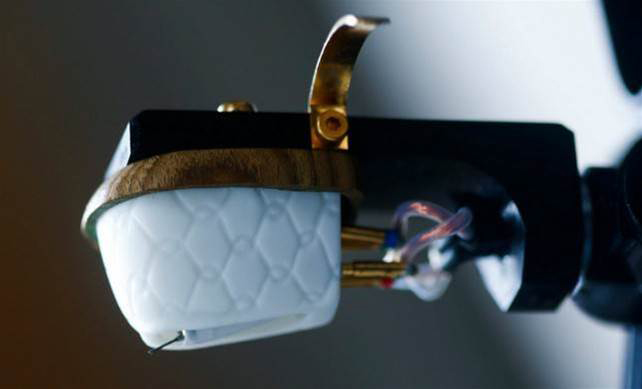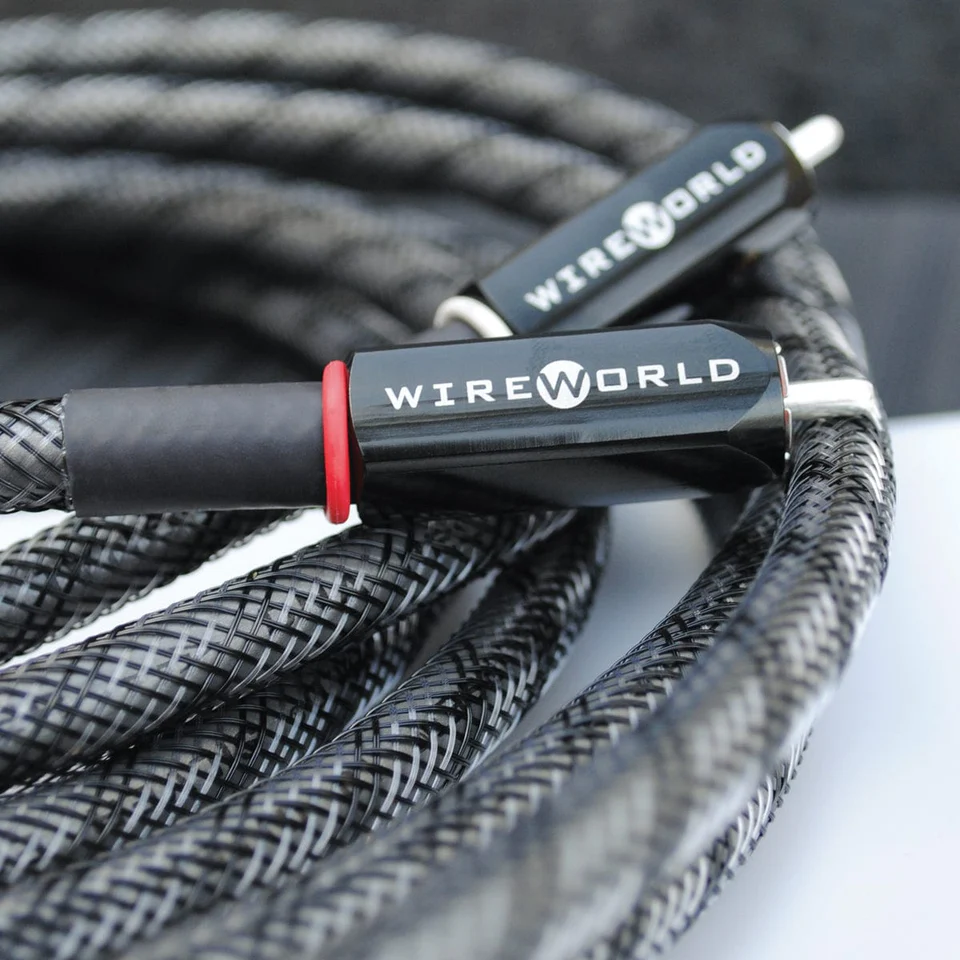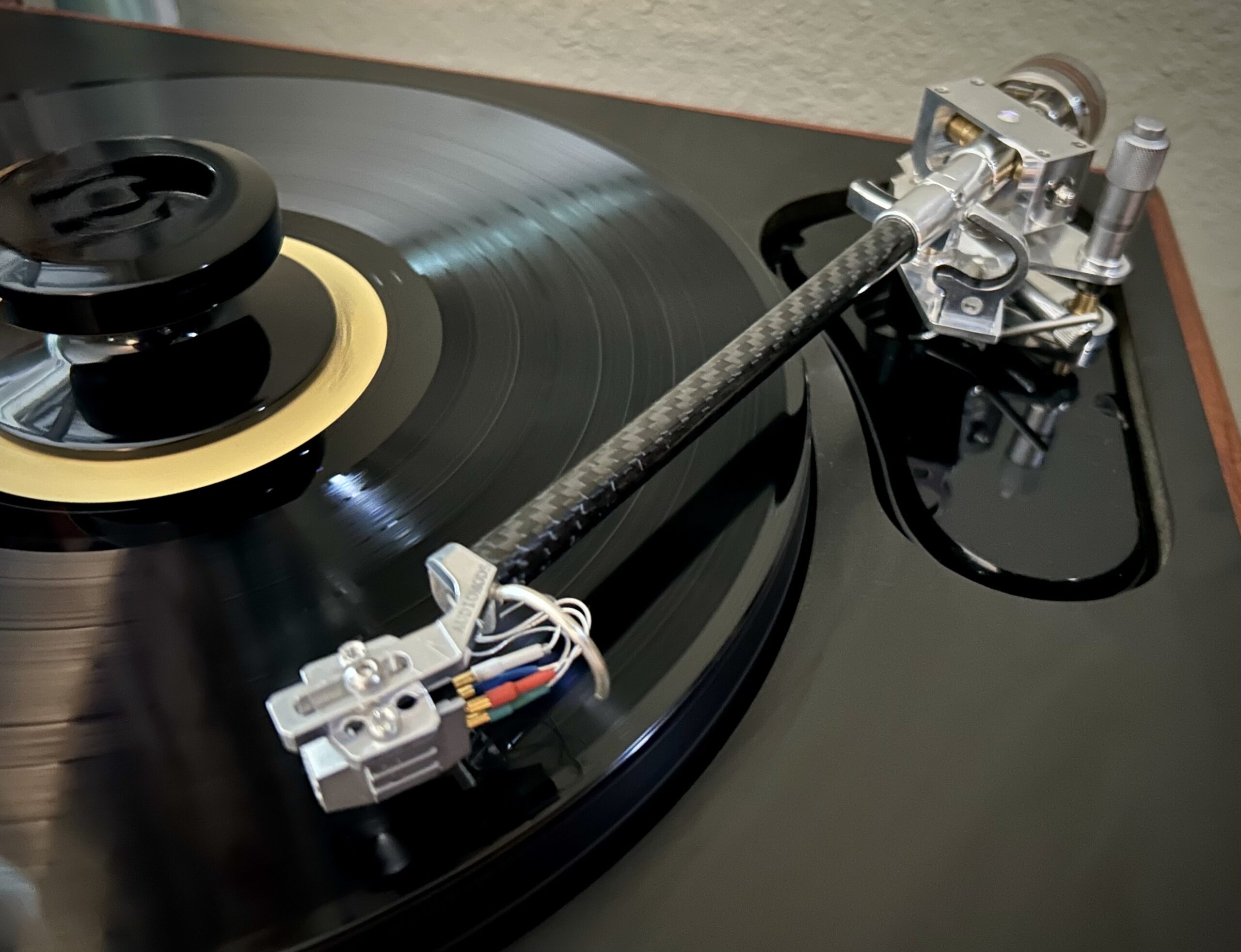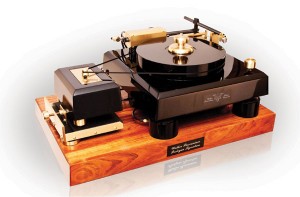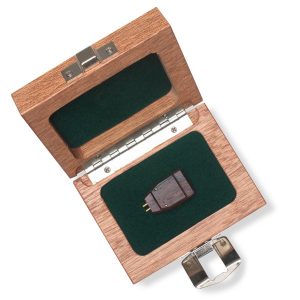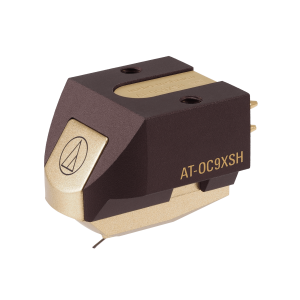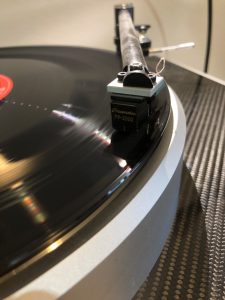The Nippon Precision Jewel Industry CO LTD is typically referred to as JICO, a company many analog hobbyists are familiar with. JICO has a long and distinguished pedigree in the field of manufacturing, as it began producing steel sewing needles for the kimono industry 140 years ago, and diamond tipped phono cartridge styli in 1964. The company is in a remote location, over 200 miles from Osaka, which is the nearest city. In the early years, this extreme degree of geographic isolation meant that JICO employees had to fabricate and maintain all the machinery, jigs, molds, and stamps that were needed to produce their product. This resulted in the highest level of quality control possible in the manufacturing process, as all aspects of production are essentially in house. In 2016 I accompanied my adopted mother on a trip to Japan to visit family, and while I knew of Japan, this was my first immersion into Japanese culture. While my stay in Japan was only ten days, I got to experience the friendliness of the Japanese people, the beauty of the Hakone Onsen hot springs, and the marvel that is the public transportation system. I had the opportunity to ride the Shinkansen, or bullet train, up to Osaka. The train glided across the country at over 170 MPH, and is a testament to the pinnacle of Japanese engineering. Surprisingly, this is not the fastest train to Osaka, however, since it is covered under the JR Rail Pass, that is the one we chose. This is the closest I got to the JICO factory, although I am pleased to tell you I have a bit of Japan in my listening room with the Seto Hori cartridge, which is JICO's first moving coil.
LP Tunes in Las Vegas, Nevada has just taken on the distribution duties for JICO in the Americas, and this makes obtaining product from the company far more convenient than it has been in the past. Rome Castellanes reached out to inquire if I wanted to test drive the Seto Hori on my tables and introduce it to Positive Feedback readers. The Seto Hori is a high output moving coil with a MSRP of $999. This cartridge has a distinctive appearance, with its ceramic body and natural walnut hardwood mounting plate. Other audio companies, such as Kyocera, have used ceramic for its immunity to resonance, and JICO designers partnered with a laboratory in Seto, Japan to fine tune a ceramic firing process to produce a material with the desired properties for cartridge bodies. The combination of hard wood and ceramic create a structure that allows the generator assembly to be immune to influences that would negatively affect the stylus accurately tracking a record. The stylus assembly is comprised of a micro-ridge diamond and boron cantilever. Output voltage is 2.0 mV and recommended tracking force is 2.0 grams. The measured frequency response is 15Hz to 32kHz, and channel balance is within 1.5dB at 1kHz. Cartridge weight is 11 grams, as the ceramic body is a substantial housing and is quite robust.
I feel there would be something inherently proper about pairing the Seto Hori with a quality table of Japanese heritage, so I selected my Denon DP 75 and Acos GST 801 arm for this review. To carry the Japanese theme a bit further, I also use an Esoteric E-03 phono stage. However, that is where the cultural homecoming ends, as amplification duties are handled by a First Watt F7 amplifier and a Plinius Tautoro preamplifier. Speakers are the JBL 4365, which are from their esteemed Synthesis line and were originally designed for the Japanese audiophile. Clean AC power is generated by a PS Audio P10 regenerator and routed with PI Audio Group power cords. Wireworld Eclipse 7 speaker wire and Analysis Plus Silver Apex interconnects finish off the system.
One phenomenon I have noticed when evaluating cartridges over the years, is the higher the ladder you climb in terms of performance, the various offerings from manufacturers tend to sound more similar than different. This is because the more sophisticated designs have improved accuracy, which translates to presenting a greater percentage of the music correctly, and the colorations from materials and sub-components become minimized so they intrude on the music less. When I listen to the Seto Hori I evaluate it for its overall presentation of music, and I rank it against the higher tiers of cartridges I have heard to determine how close it can get to the finer offerings currently offered in our hobby. My experience shows that solo compositions for piano are an excellent way to examine the overall tonal balance of a cartridge as it requires a seamless transition between octaves, otherwise the instrument sounds disjointed and out of tune. What I have discovered is that the Seto Hori excels at recreating tone, color, and the texture of instruments; particularly a grand piano. I listened to Liz Story's Unaccountable Effect from beginning to end, and I was struck by the natural and uncolored presentation of music this cartridge is capable of producing. This is an attribute that I find with the higher quality moving coils that are currently available and the JICO cartridge is closely aligned with that level of cartridges. On "Starfinder" [Unaccountable Effect; Windham Hill WH-1034] I truly enjoyed the refined and delicate presentation to the higher octave passages, especially when Story holds the notes for a couple of measures, as you could hear each keystroke fade into silence. The overarching tone of the Steinway piano she favors is realistic, and the Seto Hori did provide an accurate and authentic recreation of the instrument. The lowest octaves have solid weight and a believable resonance structure which provided a rich foundation to the instrument. Over the last couple of months, I have spent a great deal of time listening to the Seto Hori with a significant amount of modern piano music, and I have always found this cartridge to be uncannily accurate in reproducing this challenging instrument.
Another attribute about the Seto Hori that impresses me is its ability to track difficult passages, partnered with its ability to minimize noise from vinyl imperfections. On my initial inspection of the cartridge, I noticed the thin boron cantilever and the miniature size of the micro ridge diamond, which are indicators of quality subcomponents. This is a high-performance stylus/cantilever assembly, and these components contribute significantly to the tracking prowess of the cartridge. I own several copies of Dire Straits self-titled album, and one of the copies I have has a noticeable degree of wear due to the previous owner's questionable vinyl hygiene habits. I keep this copy around to evaluate a cartridge's ability to deal with less than pristine records. "Six Blade Knife" [Dire Straits S/T; Warner Bros BSK3266] is a favorite track of mine for evaluation, as there are sibilant issues that a cartridge must deal with. With the Seto Hori I found that both the sibilant levels and the surface noise across this whole album was significantly reduced, to the point where I could listen to this album without griping about its condition. Now the elongated S's on certain words are still there, just as they are on the CD versions I have of this song. However, they are not pronounced in any way, whereas other cartridges I have used on this album have not fared anywhere as well as the JICO cartridge has. The reduction in noise due to vinyl imperfections and wear should be of value to a large cross section of hobbyists, as many people shop for pre-owned vinyl, and condition can be all over the map. Even with the compromised condition of this record, the Seto Hori still sounds mighty fine, and I once again noticed the even tonal balance and natural presentation of the cartridge on this song. So far, the evaluation of this moving coil have proven to be quite promising.
Another positive attribute of the Seto Hori moving coil is the honest and unadorned way it handles vocal passages. In the past the Achilles heel of high output moving coil designs have been their inability to remain nuanced and refined when dealing with delicate passages, at least when compared to their low output moving coil counterparts. That story line does not accompany this cartridge. I spent one Saturday afternoon listening to Laurie Lieberman's album Gun Metal Sky, which has been pressed by QRP Records. This whole album is excellent, and the haunting vocals on "New York Mining Disaster, 1941" [Gun Metal Sky; Drive On Records 115115-09] stands out, with the JICO cartridge turning in an admirable performance on this song. Lieberman's vocals are raw and unvarnished yet have a smoothness and natural flow that is usually achieved by the higher quality, and more expensive, cartridges. There is nuance and texture to the vocal passages that demands the attention of a listener due to the ability to portray the emotional content of a song. This moving coil should be acknowledged for its accuracy, yet it should also be noted that the Seto Hori is equally adept at presenting the emotional facets of music.
Some vinylophiles would consider the 2.0 mV output level of the Seto Hori to be slightly low, as other high output moving coils such as Sumiko Blackbird have 2.5 mV output, and the Dynavector 20X2 measures 2.8 mV respectively. The Esoteric phono stage I use has 40dB gain on the MM side and has no issues with the output level of the JICO cartridge. On "Cool Struttin'" [Cool Struttin'; Blue Note 1588] by Sonny Clark, I found this cartridge capable of showcasing the dynamic contrasts of this piece. Whether Clark was coaxing some incredible blues progressions from the keys on a piano solo, or the band was boogieing at full tilt, this cartridge is capable of accurately portraying the full scale of a band. For instance, Art Farmer's trumpet solo is incisive, with a sharpness to the leading notes, and yet maintains a smoothness that characterizes his unique style. While I have heard other cartridges that are more explosive, these offerings come from a more expensive niche than what the Seto Hori resides in. I would say the JICO moving coil turns in a fine performance given the constraints of its price point, and there is genuine value here.
Cartridges that reside under the $1000 price point are not going to be perfect, for the economics of building a state-of-the-art cartridge preclude this possibility. As fine a cartridge as the Seto Hori is, it does have its limitations. At the frequency extremes the JICO cartridge has diminished extension, but thankfully this is a sins of omission condition. For it is preferable for a cartridge to lose a degree of resolution in these areas rather than have overt colorations. On "Demolition Man" by the Police [Ghost in the Machine; A&M Records SP-3730] I find the bass line to be a bit dry and constrained when compared to the ZYX 4D moving coil that is one of my two reference cartridges. Also, on "Walking In Your Footsteps" [Synchronicity; A&M Records SP-3735] the higher octaves that the flutes and percussion instruments reside in do not have the startling transparency that the Ortofon Cadenza Blue has. However, the performance gap between the JICO cartridge and my reference cartridges is not massive by any stretch of the imagination. Remember the Cadenza Blue sells for $2000, and the ZYX 4D for $4200, so to have a $999 cartridge hold its own against this competition is a win for the Seto Hori. Personally, I appreciate everything this cartridge does well, and that its capable of doing this at an affordable price point. 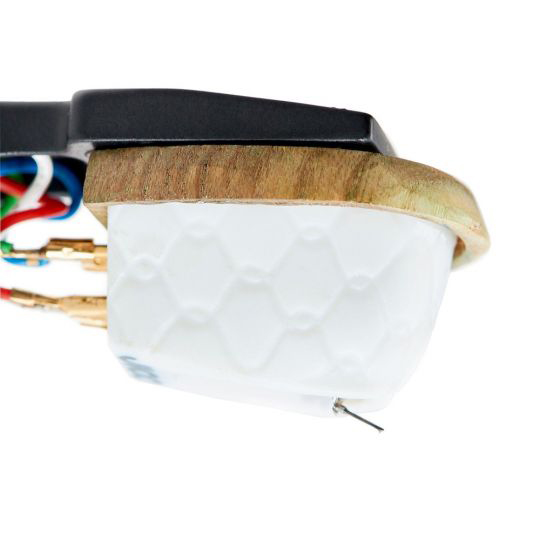
JICO has a stellar reputation in the audio world for providing the finest replacement styli for a wide variety of cartridges. The SAS series of styli for the Shure V15 cartridges are legendary, and many audiophiles are appreciative of the efforts to keep the V series of cartridges still functioning. JICO has now released the Seto Hori, which is their first moving coil cartridge. The Seto Hori is housed in a ceramic body, with a walnut hardwood mounting plate, and the combination of materials creates a solid structure for the generator assembly to reside in. The stylus assembly consists of a boron cantilever and micro-ridge diamond. Output voltage is 2.0 mV, so this is classified as a high output moving coil cartridge and is designed to be used with a moving magnet phono stage. The overall presentation of the Seto Hori is evenly balanced with an unvarnished presentation that is true to the essence of the music. For those hobbyists looking for a high-performance moving coil cartridge that is not extravagantly priced, I would suggest auditioning this new cartridge from JICO. The Seto Hori moving coil has a lot to offer to audiophiles at multiple levels on the hi-fi ladder, for its performance is excellent and its price tag is quite enticing.
Seto Hori Cartridge
Retail: $999
LP Tunes
JICO




